“The true power of mankind lies in its multitude”: The Unforgotten creators Sadeysa Greenaway-Bailey and Anna Fleischle on the importance of elevating all voices
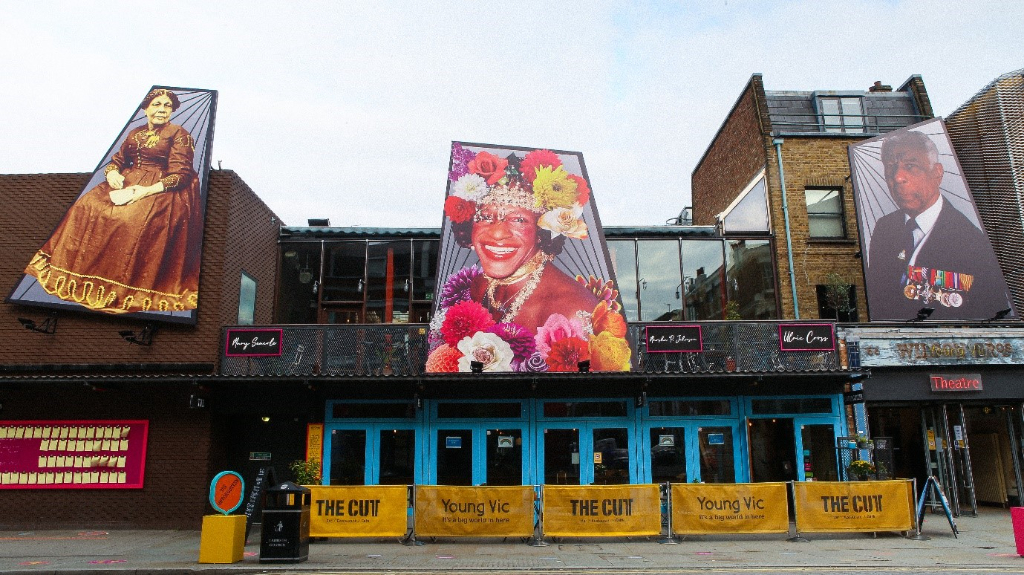
If you were to walk past the Young Vic theatre today, you would be greeted by three massive murals adorned on the front of the building. Unfortunately, more likely than not, you probably won’t recognise the people they’re celebrating: Mary Seacole, a British-Jamaican businesswoman who set up the “British Hotel” behind the lines during the Crimean War; Marsha P Johnson, an advocate and activist for LGBTQ+ rights; and Ulric Cross, a Trinidadian diplomat, RAF navigator, legal visionary and the most decorated black serviceman of World War II.
These are The Unforgotten – three unsung trailblazers of the Black community who are now finally receiving the recognition they deserve as part of the Young Vic’s new interactive art installation. Centring around the idea of reassessing our historical figures and providing examples of “alternative leadership”, the installation invites passers-by to submit their own nominations in writing on the side of the building and online in response to provocations written by Jennifer Akre.
The Upcoming was lucky enough to talk to the artists behind this visionary installation, Sadeysa Greenaway-Bailey and Anna Fleischle, our conversation touching on matters of responsibility, self-identity and what it means to create art during this contemporary moment.
First and foremost, how has 2020 been for you? How have you felt during these tumultuous, trying times?
Sadeysa Greenaway-Bailey & Anna Fleischle: That is a brave question! For freelancers in the performing arts, 2020 has been utterly devastating and a real threat to our livelihoods and our future. It has felt shocking that after having spent many years building a successful career in a vibrant industry, we would find ourselves utterly abandoned and without support or assurances in a matter of days. One of the hardest things has been that – as much as we are in a hopeless place like other people in this country – we are openly told that we don’t matter, that what we do is of no value. That is a whole extra thing to have to shoulder.
Where did the idea for The Unforgotten stem from? What was the impetus behind it?
SGB & AF: There were two ideas which were united in The Unforgotten. One had to do with the questions of “how can we still keep engaged with our audience in times when theatres are shut and our audience can not come into the buildings? Can we still engage with people outside the doors?” As designers, we think about spaces and the effect that the visual has on us as humans. The Young Vic has always been a lively part of The Cut, and since the audience is still passing by, it felt right to take the conversation to the street. Secondly, as events unfolded after the murder of George Floyd, the question arose of “how is history remembered and who in turn does history elevate and immortalise?” It showed such blinding inequalities which still exist in our society today that we felt we needed to visually address this and make a small start in shifting the focus.
How did Kwame Kwei-Armah and the rest of the Young Vic team react when you first told them of the central idea of The Unforgotten (the massive, celebratory murals)?
SGB & AF: When we first took the idea of an installation to Kwame, he was immediately intrigued and thinking of what could be the right subject matter. In the midst of the Black Lives Matter demonstrations, he gave us the green light. We have been full of admiration for Kwame and the Young Vic team for embracing new forms of visual communication in these times of dark theatres. Not just protecting the building, but engaging with freelance artists and trusting them to reach out to the people and communicate our shared feelings about racism – and engaging with the community in this conversation. We were properly contracted and respectfully and appropriately paid – this is sadly not the norm at this moment in time. We freelancers are taking note of this with reciprocated respect and solidarity towards the organisations who have shown themselves to be honourable and upstanding.
How did you go about identifying and choosing the trailblazers? Why these three?
SGB & AF: As you say, they are all trailblazers in their own right, their actions having had massive and lasting effects on the world we live in today and things we now consider the norm. Yet their deeds and actions are little known or established in world history. We ask why. We chose three people whose lives span the 19th, 20th and 21st century, all of whom generated radical acts of humanitarianism and fights against injustice in areas they were passionate about – to name a few: medicine, LGBTG+ rights and independence from colonialism. But there are so many other trailblazers we wish we could have included.
Marsha P Johnson especially has become a symbol during this contemporary moment – why do you think Johnson resonates so deeply with so many?
SGB & AF: Visibility and knowledge are powerful. Seeing reflections of yourself and the parts of society that remain largely underrepresented is important. Black Lives Matter, Trans Lives Matter and Intersectionality Matters. The global movement we are seeing challenges people’s understanding and exposes the gaps in shared consciousness and history, begging more questions and greater understanding.
An integral part of the installation is how it facilitates conversation: visitors are encouraged to add to the installation with their own musings of leadership, or to respond online to provocations by the brilliant Jennifer Akre. How have the responses been so far? Have there been any surprises?
SGB & AF: People far too often feel like their voice does not matter, that there is no place for them to share their personal thoughts. The question of “who is a hero?” can be viewed in such different ways. What constitutes a hero – this could be a war veteran, it could be a dedicated mother. People now more than ever need to feel seen, need their voices heard and their lives and thoughts considered. A lot of the responses from our audience have reflected this need to express and passionately communicate. Some of the answers literally feel like explosions of expression.
The Unforgotten is sparking a fantastic conversation about what it means to be a leader, to become a voice and figure within a community. The country right now is said to be facing a “dearth of leadership” – what do you think our leaders right now could learn from the unsung heroes adorning the Young Vic building?
SGB & AF: One of the main thoughts behind our leading figures is truthfulness, vision and a relatively selfless commitment to society. What we are lacking in contemporary leaders is vision in this age comparable to the decline of the Roman empire. Greatness can be found in someone who sees a need, who chooses a cause and tirelessly works on creating lasting change in something they truly believe in. Anyone can become a true leader. You are not born into it. It is what you make of yourself. This is what makes people who inspire and in return receive our admiration.
The conversation around BLM and history’s unsung heroes is unfortunately not without some detractors and deniers – people who minimise the necessity and importance of this moment. What would you say to those who would suggest such a brilliant installation like The Unforgotten is unnecessary?
AF: “The small” will always need to minimise others in order to protect and elevate themselves. The fact that there are these voices out there is evidence enough that there still is a problem, or we would not still be talking about it. The Unforgotten would not be there if it was not necessary. Not many people will know all three of our chosen heroes up on the building (only three of hundreds!) – if you don’t know them all then there is your reason for why The Unforgotten is needed.
SGB: It is important to distinguish between a moment and movement, as what we are globally seeing is the latter. Those who fear change will always deny its need. The question is where does that fear come from? The irrefutable fact is systemic racism exists in this country, historically, today, and it exists around the world. People, black people, have and continue to have their lives taken from them in dehumanising and catastrophic ways because of this. Those are the facts. As part of the installation the public are invited to interact with provocations: “Can you stand in empathy?”, “Stand in Stillness and Reflection” and “Practise Allyship” to name a few. Our unsung heroes and their impact on history is unforgotten; those who have lost their lives at the hands of racism are unforgotten. This is a movement.
An important idea with The Unforgotten it to ensure that we are all reconsidering the narratives fed to us, as systemic as they are. How do you hope the theatre industry, and indeed the country, carry on the conversations sparked by The Unforgotten? Do you think we’re prone to make the same mistakes again?
SGB & AF: The most important thing for paving the way to a better future is to learn your history. We need to acknowledge the inequalities and uncomfortable legacy of the past and it will be clear what to do in the future. The true power of mankind lies in its multitude. We fail to understand how this is such a big mystery. The industry as well as the country needs to see how much potential and talent has been stifled in the past and how the future will only be visionary if we finally manage to include ALL voices. When it comes to the theatre industry, we need a big re-shaping of the current practice. We need to make the pathways into the industry not only possible but also visible to the wider community. We need to make it more affordable and safer to work in the performing arts. We cannot go back to what the industry was like before coronavirus – it is not purely about saving what was there, it is about shaping it into something better, more forward-looking.
Samuel Nicholls
Photo: Aaron Imuere
The Unforgotten is installed at The Young Vic from 11th September 2020. For more information visit the theatre’s website here.


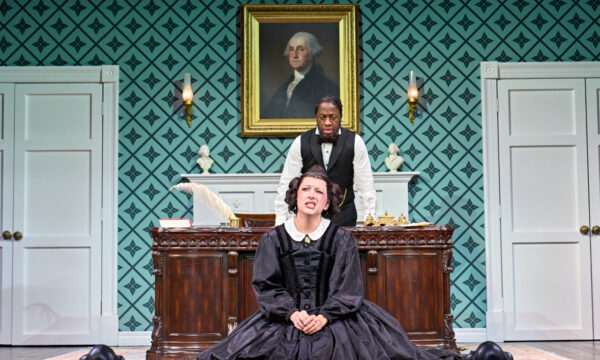
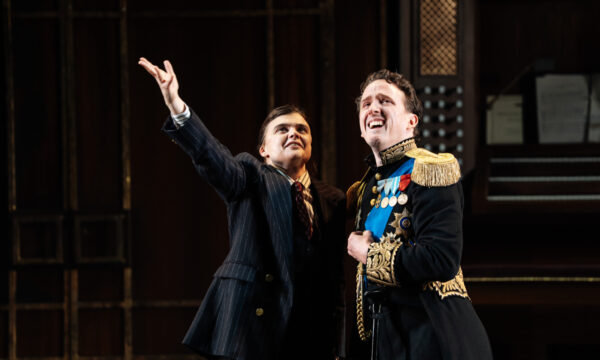

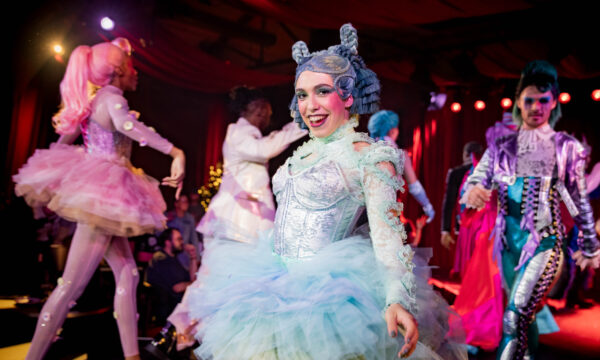
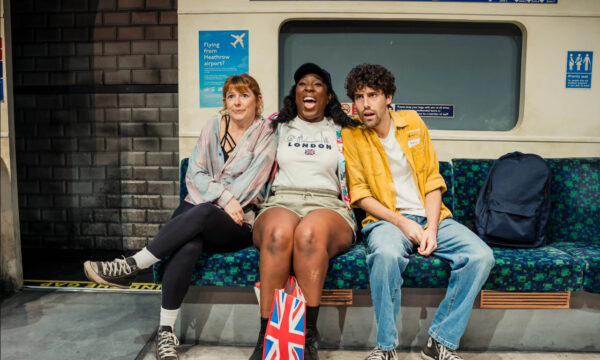

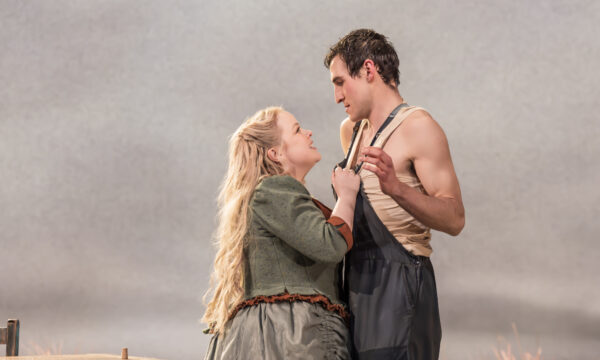

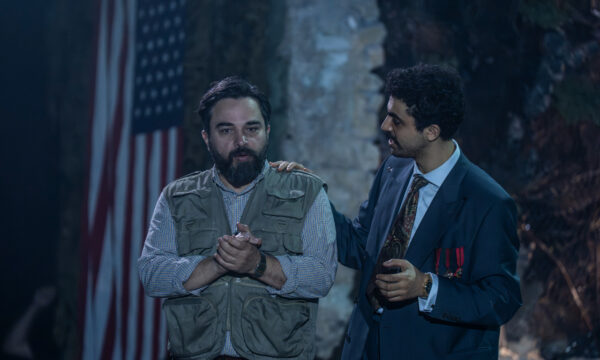







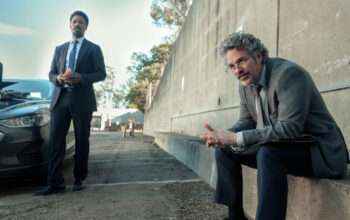
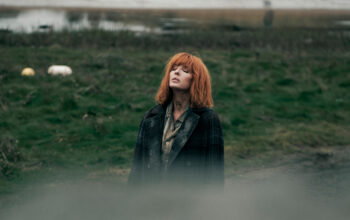


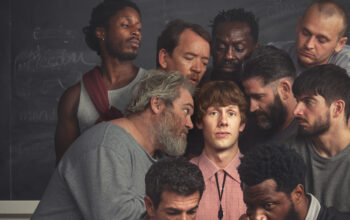
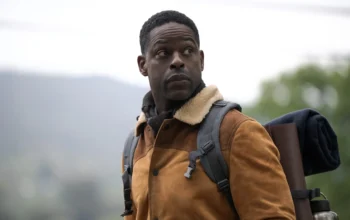

Facebook
Twitter
Instagram
YouTube
RSS